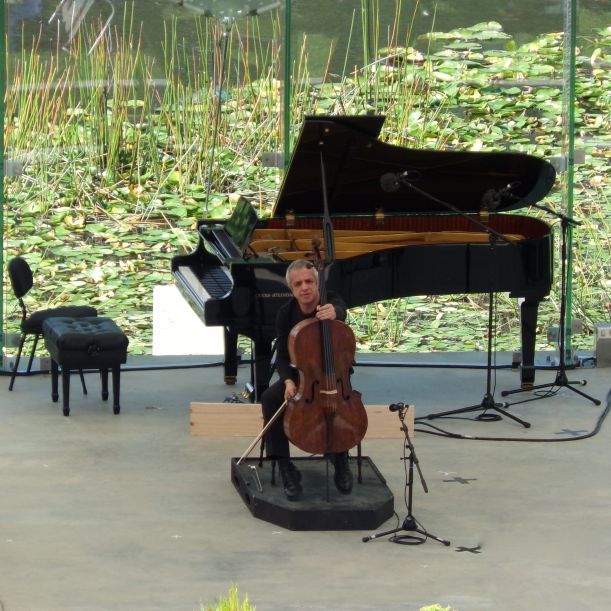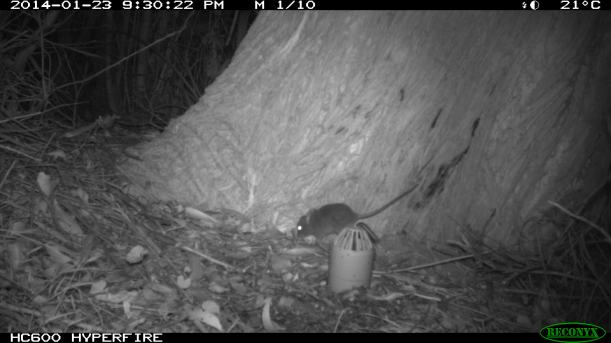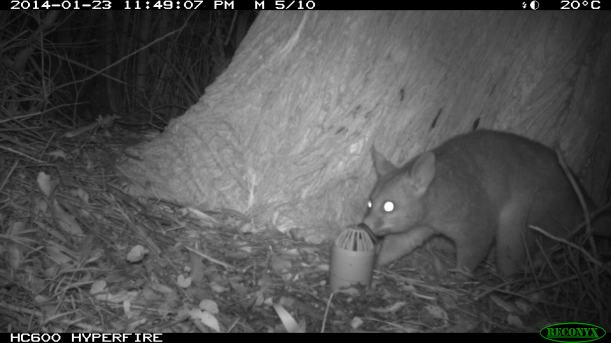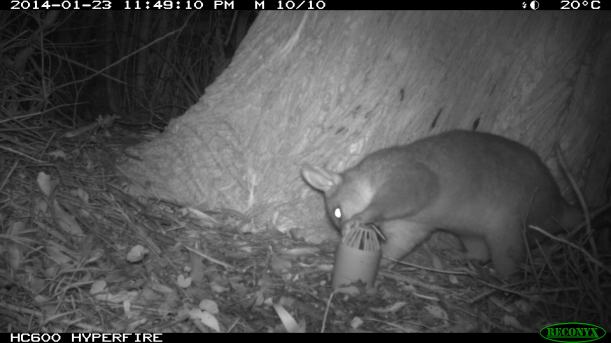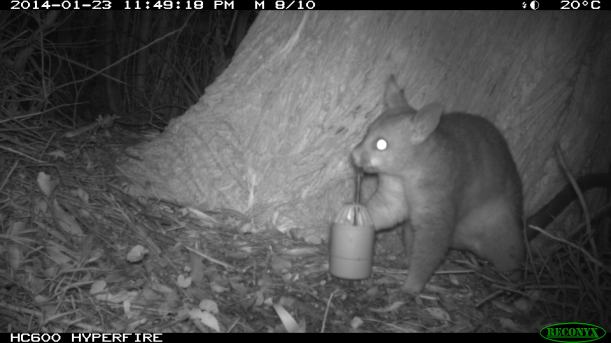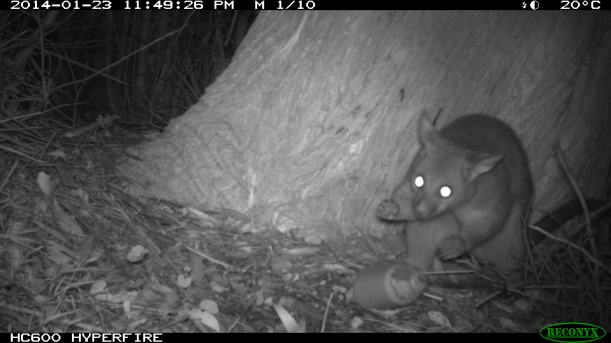Climate Change Challenges MOOC (2)
This week started with Professor Tim Lenton taking a look into deep time and the early state of planet earth.
In the beginning, well pretty early on anyway, the sun was much cooler than it is today, it was 25% -30% less bright so one would imagine the earth’s temperature would be much cooler but in fact it was actually warmer than today. This was due to a rather thicker blanket of greenhouse gasses, later some of these gases were slowly removed over time by the action of the carbon cycle.
(Professor Tim doesn’t like ‘greenhouse’ terminology but the rest of the world still uses it so it has become something of a lingua franca.)
The carbon cycle extracts carbon from the atmosphere basically by dissolving CO2 in the raindrops and forming a weak acid. This then weathers the rocks and that reaction ends up creating carbonate ions, which, in turn, are washed into the oceans and waterways. The next change is a bit murky, somewhere along the way the carbonate ions get snaffled up, often it seems by calcium, and then quickly converted into seashells or similar. Eventually the carbon becomes part of the lithosphere as it morphs into carbonate rocks, something akin to the famous white cliffs of Dover perhaps. The carbon cycle is a negative feedback and as such it tends to maintain an existing state. As the sun’s radiation increased and the earth warmed the reaction speed increased, removing CO2 and cooling the planet.
But negative “put it right” feedbacks do not always win. Back in deep time again (2.2 billion & 700million years back) the earth froze over. The trigger is not clear – it may have been something to do with the continents forming. In any event a positive “make it worse” feedback problem developed. The poles froze, the ice reflected more heat, the planet cooled further and froze and cooled some more and once the ice reached the tropics well that was it, a snowball.
http://www.bbc.co.uk/nature/ancient_earth/Snowball_Earth But not forever because – well it isn’t frozen now –and the earth still had at least one get-out-of-gaol-free card left. Volcanoes. Again this took an awful long time but the volcanoes slowly put lots of CO2 and other gases back into the atmosphere, which started the world warming again and as the ice melted under the warming blanket of gasses so the reflectivity of the globe reduced and a little more warmth got through, ice melted, water evaporated, warming increased and we were back in business.
There are several mechanisms that create natural climate variability. They are mainly long term changes triggered by changes to the earth’s orbit (Eccentricity), the tilt of its axis varying (Obliquity) and the wobble of the axis (Precession). These changes are regular and predictable albeit on long time scales. They are called Milankovitch Cycles.
Volcanoes and solar activity also influence the climate and they are not regular or predictable but we can pinpoint those events using tree rings and/or ice cores for proxy dating information and compare the results against historical records of climate events such as the mediaeval warm period. The signature of the Mt Pinatubo volcanic eruption in 1991 is visible as a 2 or 3yr dip in global temperatures but in general global temperatures are rising and CO2 emissions are increasing at a much faster rate than has happened with previous natural climate variation.
Studies of the Ice Ages go back quite a long way and there is now a recognized discipline, Paleoclimatology, thanks to Svente Arrhenius, who in 1895 suggested that a reduction in CO2 concentration in the atmosphere could account for the drop in temperature during the ice age. He was also the first person to investigate the effect that doubling atmospheric carbon dioxide would have on the global climate.
Comparing historical data with the temperature rise over the last 100 or 150 years it seems there is a mismatch, first there is an of excess CO2 in the atmosphere but also the changes are happening much faster than would be expected. http://earthobservatory.nasa.gov/Features/GlobalWarming/page3.php
The only way the models can reflect what actually happened is if the CO2 produced by the industrial revolution is included in the equation.

How right they were!
This is not surprising really because burning coal and oil is really releasing fossilized sunlight back into the atmosphere and the extra heat must go somewhere.




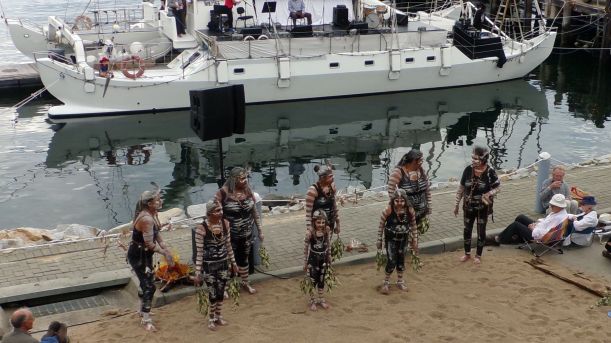
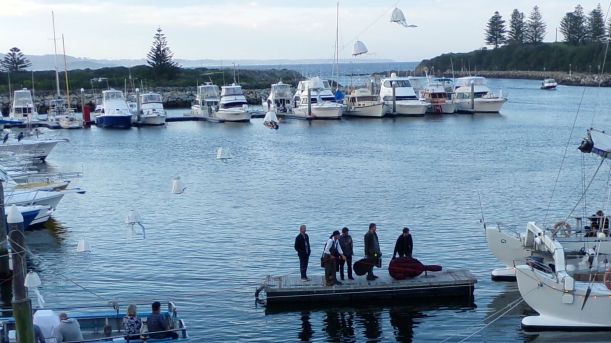
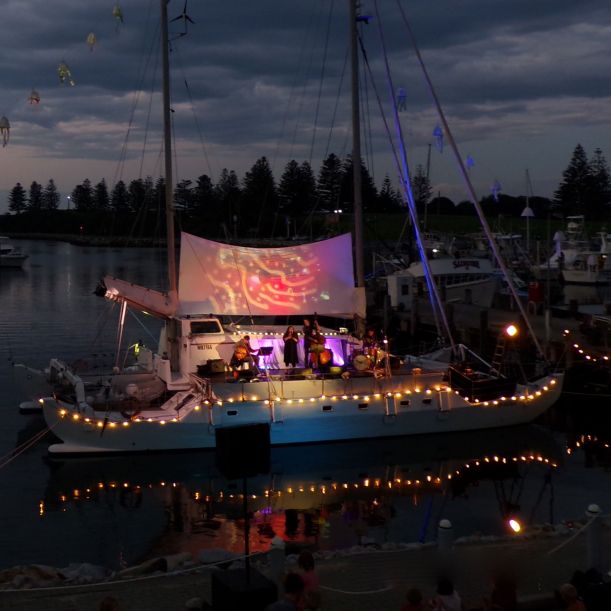
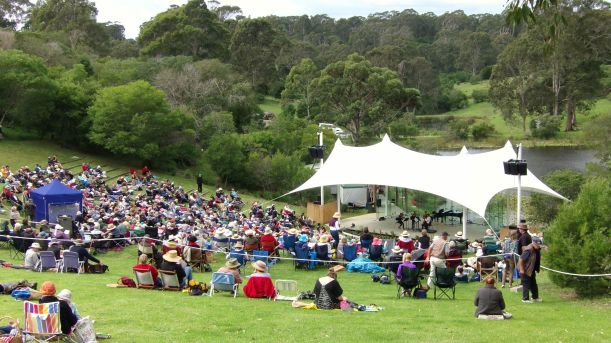
 or Dejan Lazic demonstrating the depth of his talents on the new Overs piano took us on trip through time with the work of three composers that stretched across three centuries. Domenico Scarlatti who was writing in the early1700s, Franz Liszt from the nineteenth century and finishing with twentieth century composer Bela Bartok… or Giovanni Sollima who can do such wonderful things with a cello that you think he must have somebody else with another instrument hidden somewhere close by…
or Dejan Lazic demonstrating the depth of his talents on the new Overs piano took us on trip through time with the work of three composers that stretched across three centuries. Domenico Scarlatti who was writing in the early1700s, Franz Liszt from the nineteenth century and finishing with twentieth century composer Bela Bartok… or Giovanni Sollima who can do such wonderful things with a cello that you think he must have somebody else with another instrument hidden somewhere close by…